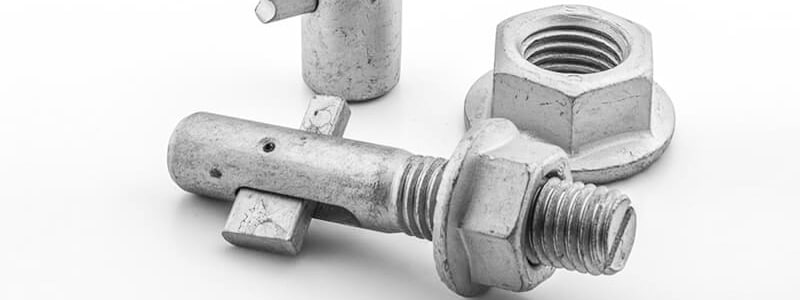Why are BlindBolt bearing resistances higher in the Eurocode compared to BS 5950?
Blindbolt UK | 12th June 2023

The issue is not related to a BlindBolt but reflects the much larger bearing resistance according to the Eurocode, compared to BS 5950. Whilst it is not stated explicitly in BS 5950, the bearing resistance check is limited by deformation at working loads. Although in accordance with BS 5950 bearing resistance was carried out with ULS loads, the check was arranged to limit deformation at working load (SLS) to 1.5 mm. The bearing strengths in Table 32 of BS 5950 were selected to suit the 1.5 mm limit. Conformation of this background to BS 5950 can be found in commentaries on the standard.
Bearing resistance check in BS 5950: Deformation at working loads
When the resistances for BlindBolts were developed, it was decided that for design according to BS 5950, precisely the same limit should be imposed. Therefore, the bearing resistance was based on the 1.5 mm limit at SLS. Secondly, the bearing check accounts for the reduced area in contact if the slotted length of the shank bears on the supporting material. The bearing resistance was based on the test results, allowing for these two effects. More background is given in technical report RT 1303, available from BlindBolt. For these reasons, the BlindBolt bearing resistance for use with designs to BS 5950 is a little lower than the same diameter ordinary bolt.
Eurocode design: No limit on deformation
When designing to the Eurocode, in common with many other design standards around the world, there is no limit on deformation. This means that for ordinary bolts, the bearing resistance is much higher. This can be observed by looking at the values for (as an example) an M20 in 10 mm S275 in the online Blue Book (Both BS 5950 and EC3 values are available).
Bearing design resistance: Example values for M20 in 10mm S275 steel
In accordance with BS 5950, the bearing resistance of an M20 Property Class 10.9 bolt is 92 kN in S275 material. According to the Eurocode, the same bolt in the same material has a resistance of 149 kN, which is considerably higher. However, this latter resistance of 149 kN is limited because of the geometry of the bolt group as shown in the Blue Book table, being 60, 35, 80 and 70 mm for e1, e2, p1 and p2 respectively. In this particular case, if the end distance e1 was increased to 70 mm, the bearing resistance increases to 164 kN, which is the value quoted on the BlindBolt website. The value of 164 kN is the maximum value, when there is no reduction due to the end, edge, pitch or gauge.
Physical testing and tabulated bearing resistances for BlindBolts
When the physical testing was undertaken, all bearing resistances for BlindBolts showed an enhancement over the values that would be calculated according to the Eurocode rules. It was however considered appropriate for Eurocode design to limit the resistance to that determined by calculation. The value of 164 kN therefore appears in the BlindBolt tables, for an M20 bolt in S275 material, for use with designs according to the Eurocodes.
Of course, the 164 kN quoted for 10 mm S275 is the maximum value, when the resistance is not limited by any of the dimensions e1, e2, p1 and p2. If each of these four dimensions are large enough, the values of k1 and b (see Table 3.4 of EN 1993-1-8) reach their maximum values of 2.5 and 1.0 respectively. This is the assumption in the resistances quoted in the BlindBolt technical literature and is noted at the bottom of the resistance tables. The note goes on to say that in other cases the bearing resistance should be calculated in accordance with Table 3.4 of EN 1993-1-8.
Bearing resistances from the Blue Book
Since the bearing resistance of a BlindBolt for use with Eurocode designs is precisely the same as that of an ordinary bolt, the tabulated bearing resistances given in the Blue Book for differing bolt group dimensions may be used directly. If the actual values of e1, e2, p1 and p2 are no smaller than the tabulated values, the tabulated bearing resistances are conservative. In many cases, the relatively high bearing resistance given by the Eurocode for both ordinary bolts and BlindBolts is of no benefit as the shear resistance of the fixing will be critical.
Read Next...
The Advantages of Using Steel in Construction
What is The Effect of Packs in Bolted Connections?
Find Your BlindBolt Today By...
... checking out our detailed guide to Blind Bolts by clicking here. You can also find out more about blind bolts by speaking to our expert team today on +44 (01299) 272 955 by emailing enquiries@blindbolt.co.uk.

